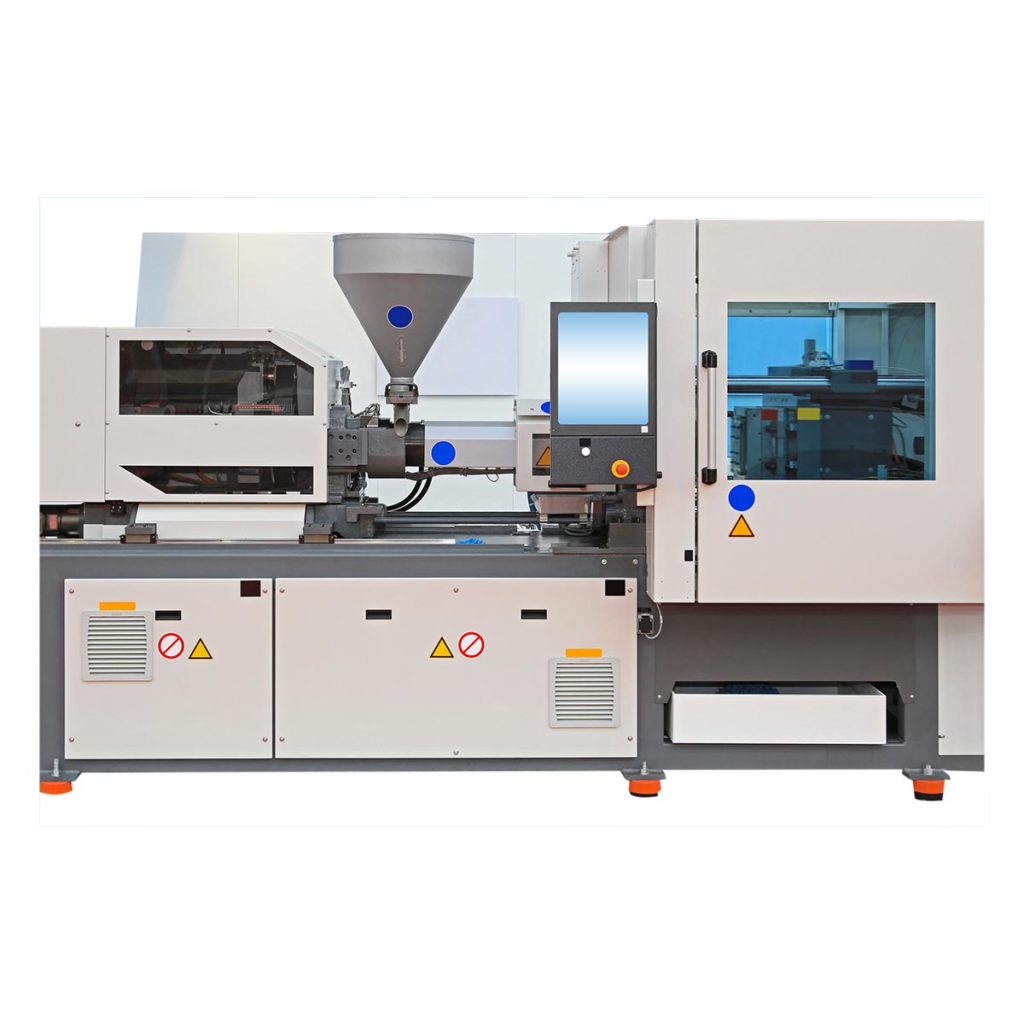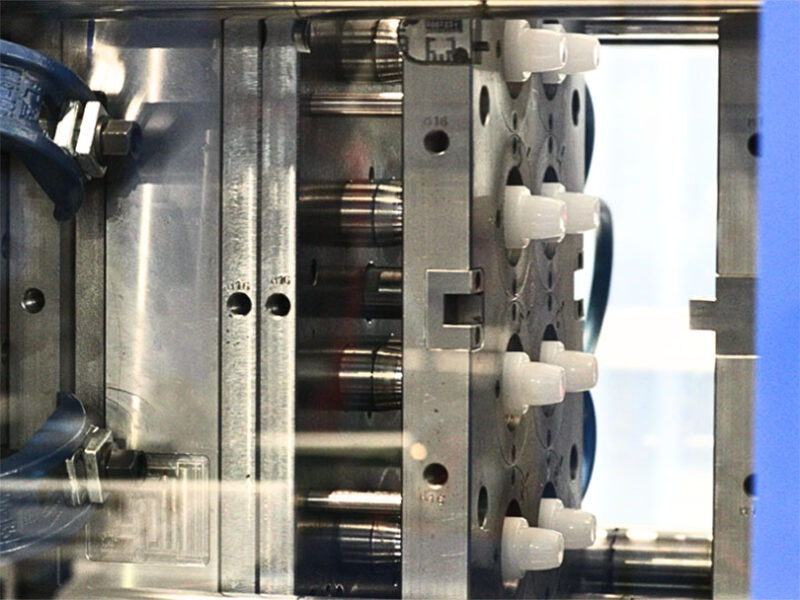How Plastic Injection Molding Drives Effectiveness in Automation
How Plastic Injection Molding Drives Effectiveness in Automation
Blog Article
Understanding the Basics of Plastic Injection Molding Processes
Plastic shot molding serves as a cornerstone of contemporary manufacturing, offering a systematic strategy to producing complex components with precision. Exploring these vital aspects can expose just how even minor adjustments can lead to considerable renovations in production end results, increasing questions regarding the capacity for innovation in this established procedure.
What Is Plastic Injection Molding?
Plastic injection molding is an extensively utilized production procedure that transforms thermosetting and thermoplastic products into accurate and complex forms. This technique is preferred for its capacity to produce high quantities of the same get rid of remarkable precision, making it an indispensable method in numerous industries, including automobile, durable goods, and clinical tools.
The procedure entails melting the selected plastic product and infusing it into a mold under high stress. The mold and mildew, designed to the requirements of the preferred component, permits the liquified plastic to take shape as it cools down and strengthens. Once the material has hardened, the mold is opened up, and the ended up component is ejected.
Plastic injection molding offers several advantages, including decreased waste, uniformity in production, and the ability to include intricate designs that may be challenging with other producing approaches. In addition, it sustains a wide series of products, each providing distinct residential or commercial properties that can be tailored for particular applications. As markets remain to innovate, plastic injection molding remains at the forefront, allowing the development of advanced products that fulfill evolving customer needs.
The Shot Molding Process
The injection molding procedure is an innovative method that includes a number of essential stages to produce high-quality plastic components. Plastic pellets are fed right into a heated barrel where they are thawed into a viscous fluid. This molten plastic is after that injected under high pressure right into a precision-engineered mold and mildew, which shapes the material into the wanted type.
When the mold is filled, the plastic is permitted to strengthen and cool down, taking the shape of the mold and mildew tooth cavity. Cooling time is essential, as it affects the cycle time and the last residential properties of the shaped part. After enough air conditioning, the mold opens up, and the completed component is expelled using ejector pins.

Products Used in Injection Molding
Various materials can be utilized in the injection molding process, each offering unique homes that deal with certain applications. One of the most frequently made use of products include thermoplastics, thermosetting plastics, and elastomers.

Thermosetting plastics, like epoxy and phenolic resins, undergo a chemical adjustment during the treating procedure, resulting in a stiff, stringent structure. These materials are excellent for applications requiring high warm resistance and architectural integrity, commonly made use of in electrical insulators and vehicle components.
Elastomers, consisting of silicone and rubber-based products, offer versatility and strength. Their one-of-a-kind homes make them ideal for applications that require flexibility, such as seals and gaskets.
Additionally, specialty products like bio-based plastics and compounds are gaining traction for their ecological benefits and enhanced efficiency characteristics, widening the range of shot molding applications in numerous sectors. Recognizing the residential or commercial properties of these products is critical for picking the appropriate type for specific projects.
Advantages of Injection Molding
Shot molding attracts attention as a very reliable production procedure that uses many benefits for creating complex get rid of precision. Among one of the most substantial advantages is the capability to create intricate designs that would certainly be impossible or tough to attain with various other techniques (Plastic Injection Molding). The process permits for comprehensive functions and tight resistances, ensuring top quality components
In addition, injection molding is known for its quick production capabilities, making it an optimal option for high-volume manufacturing. As soon as the mold and mildew is created, components can be created quickly, reducing preparations and boosting total productivity. This effectiveness not just lowers production prices however also offers a competitive side out there.
The flexibility of products made use of in injection molding better improves its allure. A large range of thermoplastics and thermosetting polymers can be employed, enabling manufacturers to pick products that ideal satisfy their details requirements, consisting of flexibility, stamina, and heat resistance.
Moreover, the procedure minimizes waste, as excess product can often be recycled and recycled. This sustainability facet adds to a lowered environmental impact, making shot molding a responsible production selection. Overall, the advantages of shot check this site out molding make it a recommended method for numerous markets.
Factors Impacting Product Quality
While many elements can influence product high quality in shot molding, recognizing these components is essential for accomplishing optimum results. Secret elements include material option, refining parameters, and mold design.
Product option plays an essential function, as various polymers display special homes that affect flowability, toughness, and thermal security. Poor product selection can result in issues such as bending or insufficient filling.
Handling parameters, including pressure, cycle, and temperature level time, have to be thoroughly managed. Variations in these setups can lead to disparities partly measurements and surface area coating. Excessively high temperature levels might cause degradation of the polymer, while insufficient pressure can result in short shots.
Mold layout is equally crucial, as it figures out the circulation of the molten plastic and the cooling procedure. Inadequately look at this site created molds might bring about uneven air conditioning prices, resulting in recurring anxieties and dimensional errors.

Final Thought
In conclusion, plastic shot molding offers as an important manufacturing procedure that allows the efficient manufacturing of premium components. Mastery of the shot molding procedure, consisting of the understanding of materials and the impact of different elements on item high quality, is necessary for accomplishing optimal outcomes. The benefits of this technique, such as cost-effectiveness and style adaptability, further highlight its significance across numerous industries, strengthening its condition as a preferred option for high-volume manufacturing.
Plastic injection molding offers as a keystone of contemporary manufacturing, providing a methodical method to creating intricate elements with precision.Plastic shot from this source molding uses numerous benefits, consisting of minimized waste, uniformity in manufacturing, and the capability to incorporate elaborate designs that may be challenging with other making methods (Plastic Injection Molding). As markets continue to innovate, plastic injection molding stays at the forefront, allowing the growth of advanced products that fulfill evolving customer needs
The injection molding process is an innovative strategy that includes a number of vital phases to create premium plastic components.In verdict, plastic shot molding serves as an important manufacturing procedure that allows the effective manufacturing of premium components.
Report this page